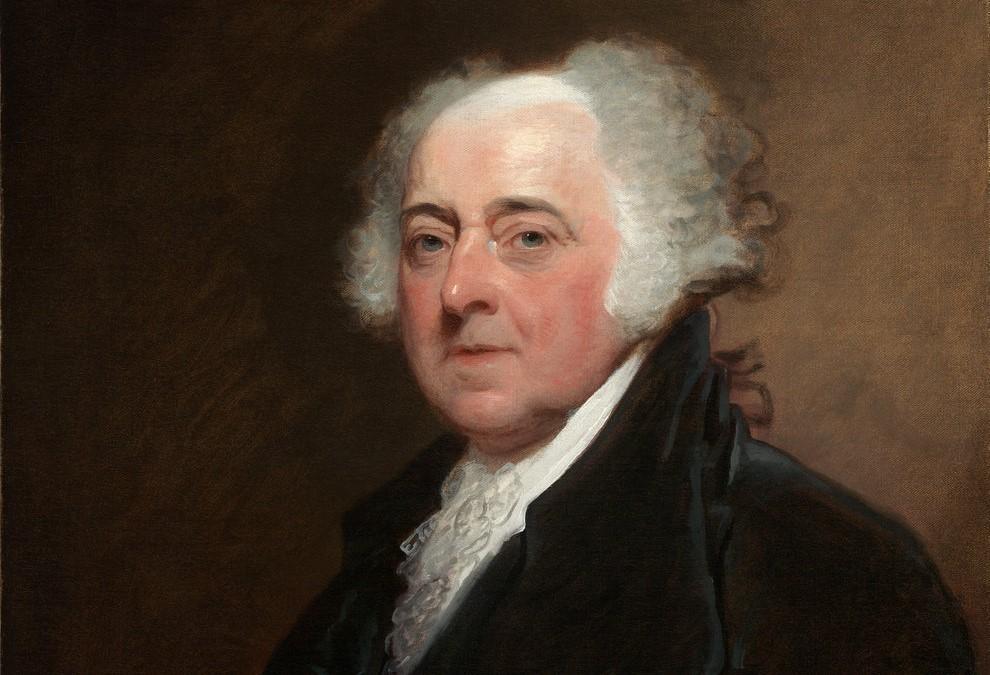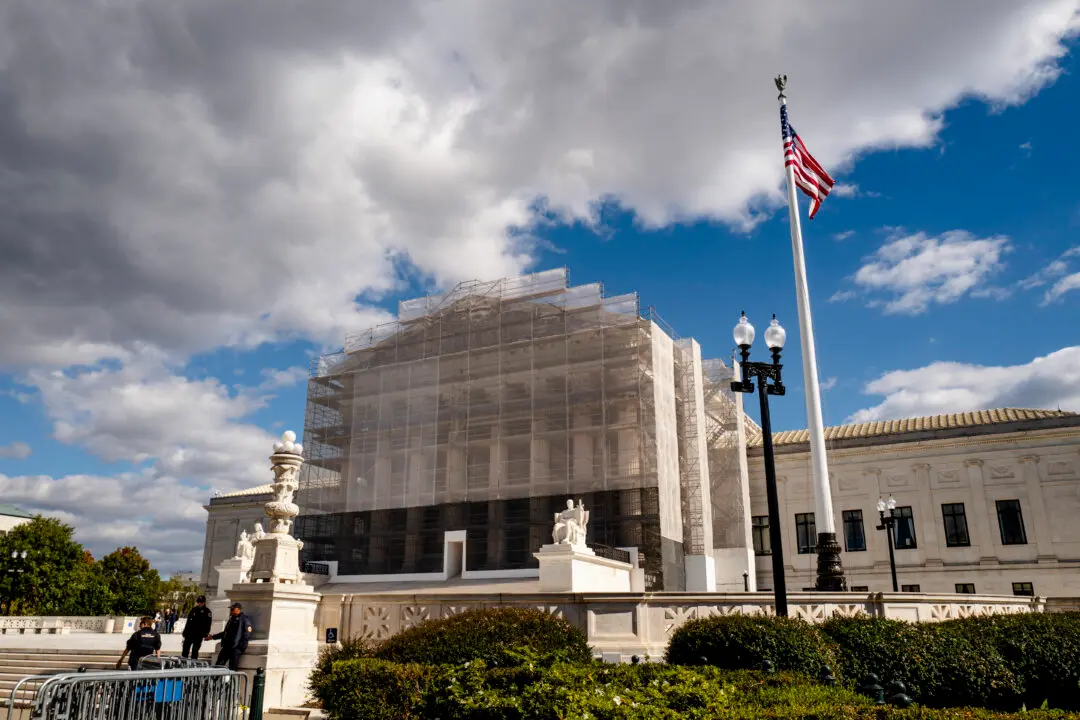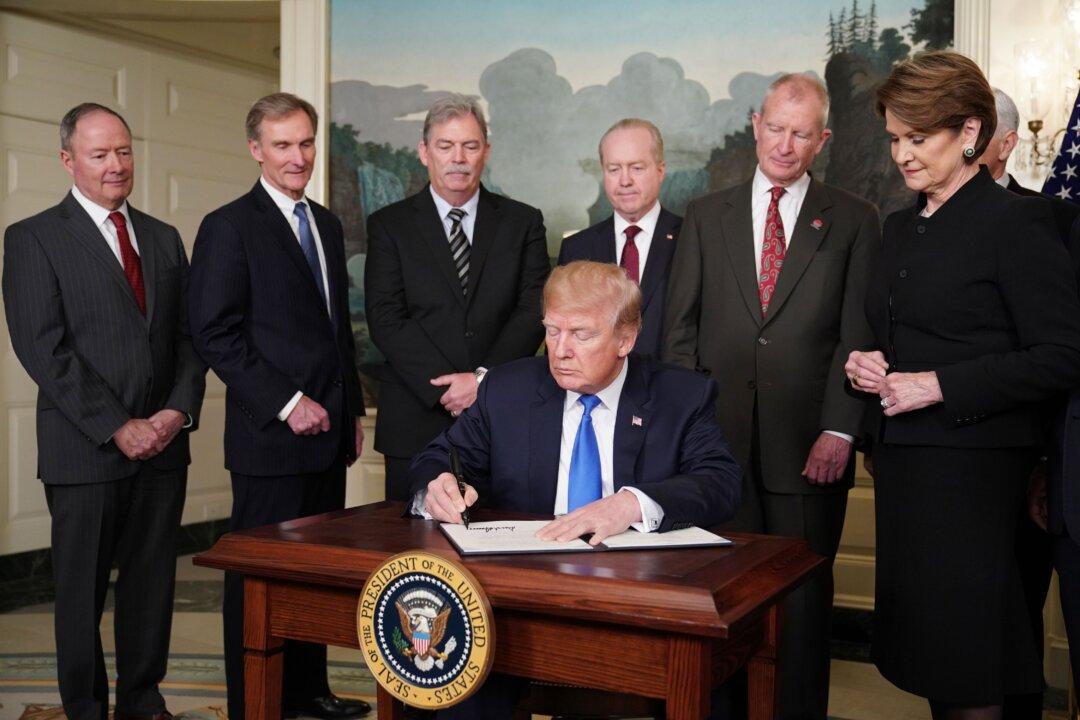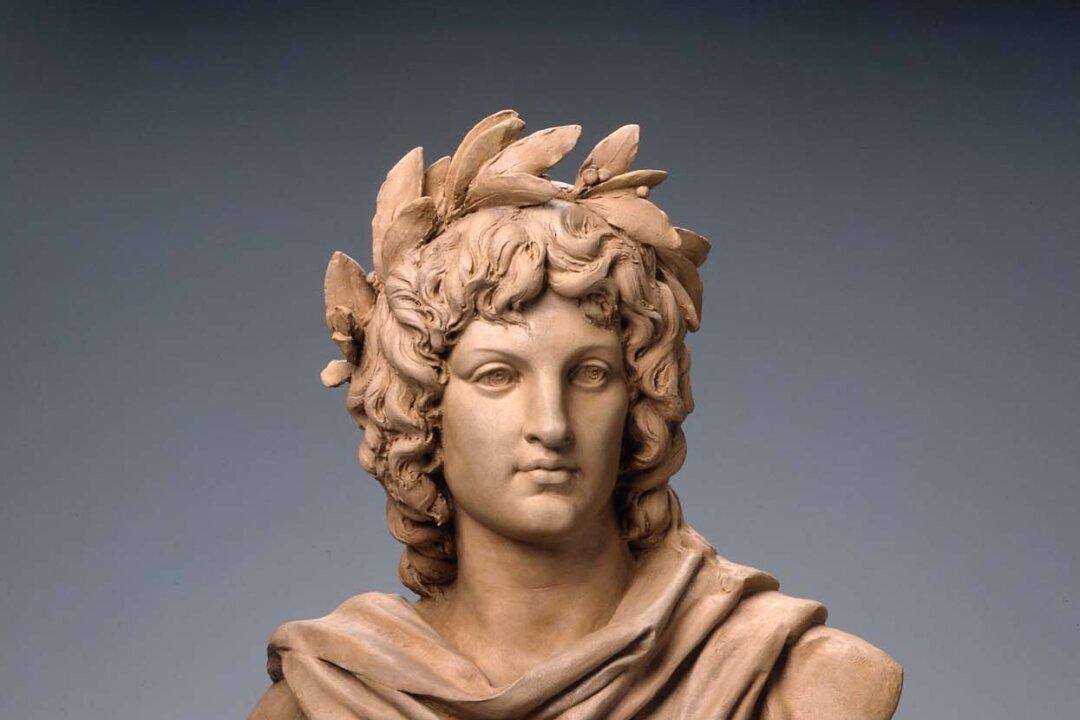Commentary
Unlike the other Founders profiled in this series, John Adams of Massachusetts didn’t attend the 1787 Constitutional Convention. He was America’s ambassador to England when the convention met, and he didn’t return home until the ratification process was well underway. His contribution was in laying the groundwork for the Constitution, both when in Massachusetts and when abroad.





